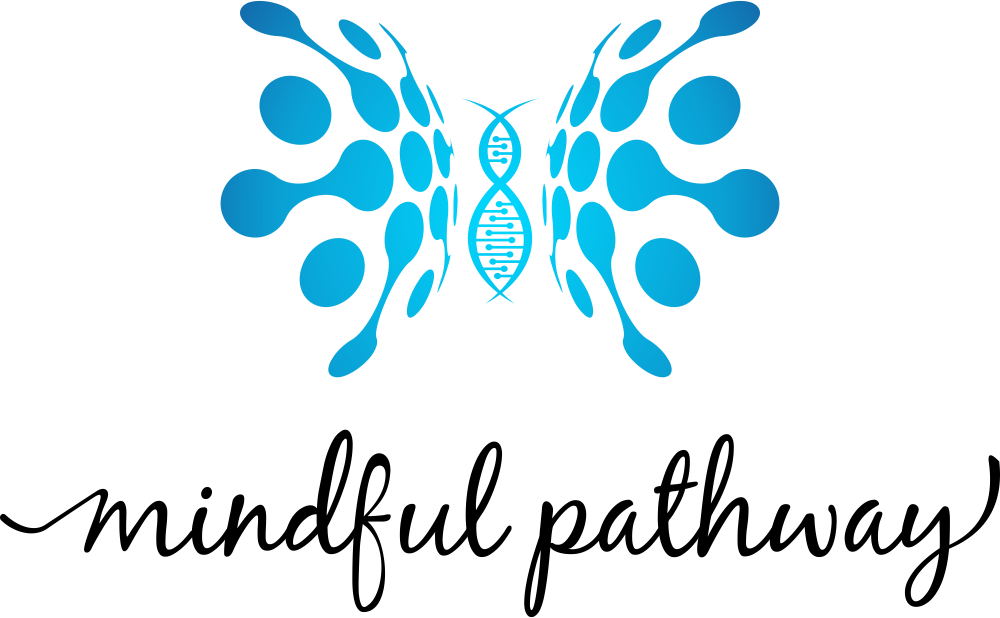Full Physiological Stress Profile
The physiological profile is the main tool for evaluating how you handle stress. Essentially, the assessment puts you through a sequence of mildly stressing periods, immediately followed by resting periods.
The rapid changes between stress and rest forces the person’s physiology to shift from state to state at a fast pace. During the stress periods, we can observe how your body responds to being challenged and how much of a physiological response is triggered. During the rest periods, we can find out how long it takes you to recuperate and whether your physiology is able to return to baseline levels.
The assessment ends with 3 minutes of relaxation, which allows us to have an idea of how well you are able to voluntarily relax and let go even further.
The physiological profile assessment gives us the concrete information we need to make informed self-regulation training choices.
Image Source: Rochester Institute of Technology
Measures
Our Full Physiological Stress Profile includes:
Heart Rate
Heart Rate Variability
Respiration
Skin Conductance
Temperature
Muscle tension
Resonant Breathing Rate
End tidal CO2: gas exchange capnometry assessment
QEEG (Quantitative Electroencephalography) Assessment
The QEEG (Quantitative Electroencephalography) is part of our initial assessment for all new clients who embark on neurofeedback. This QEEG assessment allows our Clinical Director to analyse sub-optimal brain activity which explains symptoms experienced, such as: lack of focus, low mood, anxiety, poor memory and others. QEEG assessment shows how well different parts of the brain are communicating, which areas are over or under active and brain wave activity patterns in various brain regions. The results form an integral part of the treatment plan, guiding neurofeedback protocols.
To collect a QEEG, we use an electro cap with 19 sensors picking up adjacent brain activity. The clinician applies conductive gel on the sensors to achieve good conductance and accurate data, recording 12 minutes of eyes open and 12 minutes of eyes closed. This is a painless procedure and the conductive gel can be easily washed off with warm water.
Our New Client Info Pack contains detailed instructions on how to prepare for the QEEG (hair care, medication use, abstaining from caffeine, etc) – please read the instructions carefully. It is also important to stay relaxed and immobile during the recording to avoid muscle tension which could interfere with the readings. Your clinician will guide you through the process for best results.
The QEEG report is reviewed by both our Clinical Director and a QEEG expert, usually a very experienced neurofeedback practitioner based in the US. It takes around 5 to 10 working days to produce a full QEEG report with Treatment recommendations.


